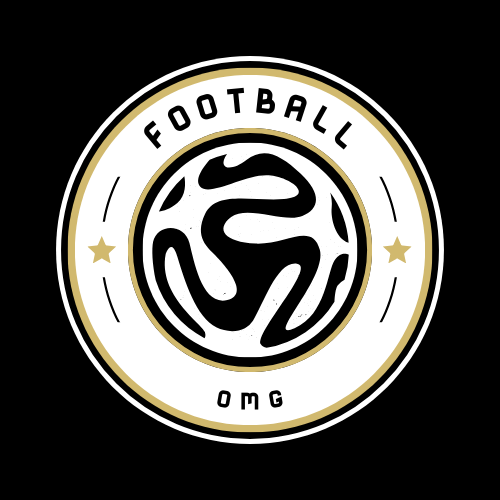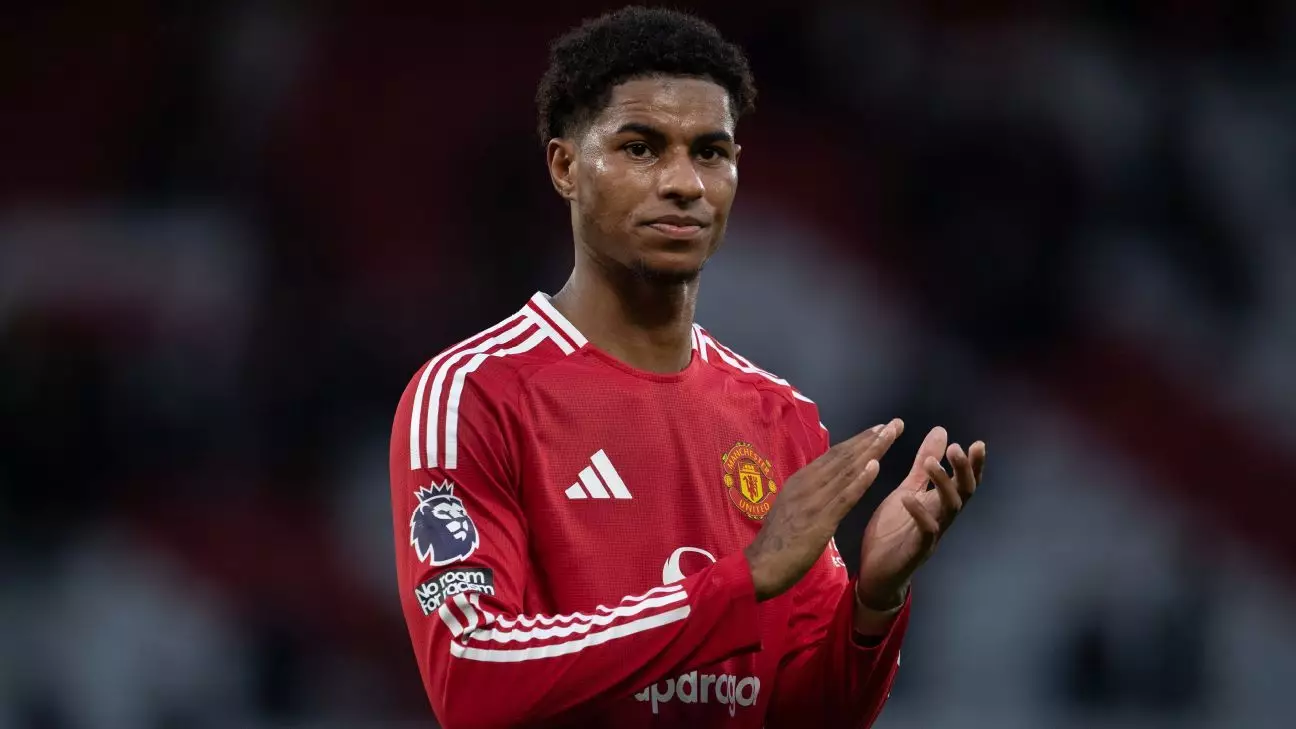The commencement of the Premier League transfer window marks a pivotal moment in the football calendar, allowing clubs to bolster their squads for the ongoing 2024-25 season. This annual event, which started on Wednesday, opens avenues for strategic acquisitions and restructuring that could significantly impact club performances as the season progresses. As clubs scramble to enhance their rosters, the clock is ticking—it will close at 11 p.m. GMT (6 p.m. ET) on February 3, 2025, potentially leading to a flurry of last-minute activities.
While the Premier League sets its own timeline, it’s important to recognize that this window is part of a broader system encompassing various divisions in England and extends to other prominent European leagues, such as France’s Ligue 1 and Germany’s Bundesliga. However, nuances exist. For example, Spain’s LaLiga and Italy’s Serie A have their winter windows open until January 2 and close later on February 3, but with varying local times impacting deadlines. These discrepancies can influence the strategies clubs employ, particularly those engaged in cross-border transactions as they navigate their domestic schedules.
The financial landscape of the transfer market offers both challenges and opportunities. Data from Deloitte indicates a significant drop in Premier League clubs’ spending in January 2024, where their collective outlay of £100 million ($127.7 million) was a stark contrast to the record-breaking £815 million spent in the previous January window. Such fluctuations underline a cautious approach adopted by many clubs, especially when rooting for a strict adherence to financial regulations amid rising inflation within the game.
Despite the overall decline in spending, player transactions continue to stir interest. Notably, the most expensive signing of this window was Tottenham Hotspur’s acquisition of defender Radu Dragusin from Genoa, showcasing the club’s commitment to strengthening its backline. On the other hand, the broader market reflects a resurgence in Europe’s elite leagues, with spending rising to €455 million in January 2024, up from €255 million the previous year. This could suggest that while Premier League clubs are treading lightly, their counterparts on the continent are geared towards aggressive acquisition strategies, potentially in pursuit of enhanced competitiveness in domestic and European competitions.
Speculation remains rife regarding several star players’ futures. For instance, Marcus Rashford’s candid reflections on his Manchester United career suggest a yearning for new challenges. His recent exclusion from the squad during crucial matches indicates underlying tensions within the team’s management and strategies, raising questions about his long-term future. Such internal dynamics can dictate whether clubs will refresh their lineup or opt to maintain continuity despite individual grievances.
Contract negotiations are another focal point during the transfer window, particularly for players whose contracts are nearing expiration. High-profile Liverpool players such as Mohamed Salah, Trent Alexander-Arnold, and Virgil van Dijk face uncertainty as their deals wind down, allowing them to negotiate with clubs outside of England. Similarly, Manchester City’s Kevin De Bruyne finds himself in a parallel situation, raising concerns among fans and management alike regarding his commitment to the club and future playing role.
This crossroad for so many stars illustrates a broader trend; while clubs may wish to retain these talents, they must contend with the inevitability of contract expiration as leverage that players often use to secure better deals or moves away. The potential for these players to sign pre-contract agreements with foreign clubs only heightens the stakes for clubs trying to maintain their competitive edge while navigating the challenges posed by their stars’ ambitions.
As the transfer window unfolds, clubs must balance their financial prudence with the need to remain competitive in a rapidly evolving sport. The decisions made in this brief period can resonate for years, shaping the pathways of numerous clubs while also determining the fates of individual players. With intriguing narratives and high stakes in play, fans, clubs, and pundits alike will be watching closely to see who emerges as victors in the ever-complex theatre of football transfers. The moves made now could very well define the trajectory of many illustrious careers and the fortunes of clubs across the Premier League.

